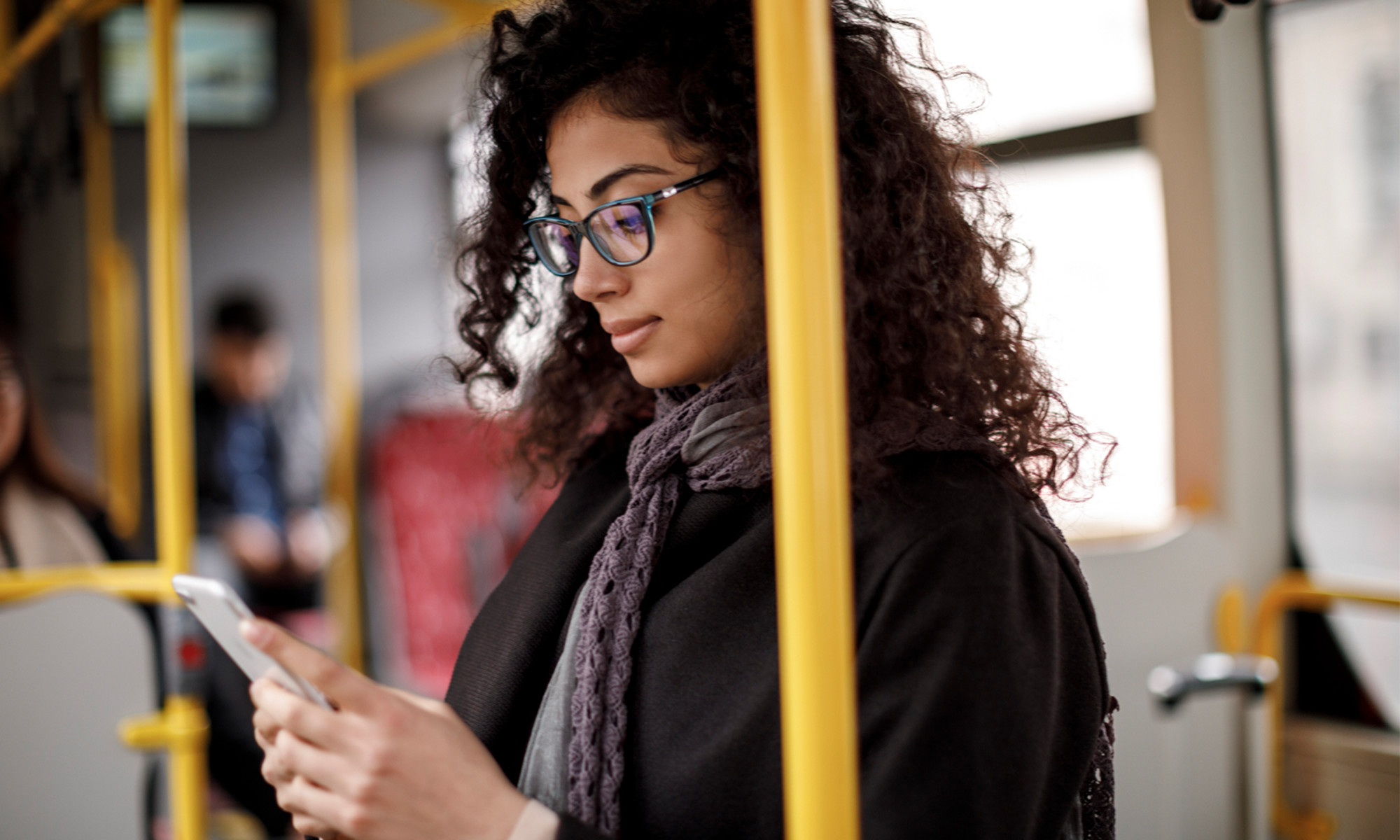This One Simple Move Says Everything About Your Mobility
An introduction to elements of well-being that most people have never heard of before.

Image by Daniel Kim Photography / Stocksy April 13, 2023 Whether you just want to get out of bed feeling less creaky or you've set a goal to run your city's next annual marathon, mobility matters for every person, at every stage of life. Mobility pioneers Kelly Starrett and Juliet Starrett, J.D., define mobility as "the harmonious convergence of all the elements that allow you to move freely and effortlessly through space and life." And who doesn't want more of that? Thankfully, you don't have to be a certain age or an Olympian to qualify. In their highly anticipated book, Built to Move, the Starretts offer simple and proven practices that can help anybody enhance their mobility. Mobilization practices, stress-busting breath techniques, nutrition tips—this book is full of wisdom to help everyone with a body (that's you) move better. Get a glimpse of Built to Move (and test your own mobility!) in the passage below. To purchase your own copy, click here!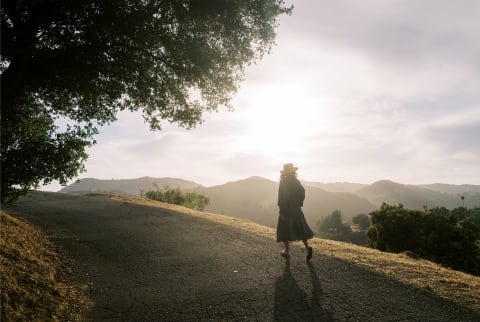
Excerpt from Built to Move
Take off your shoes. That's right: shoes off. Now follow these instructions: In an area free of debris, stand with one foot crossed in front of the other. Without holding on to anything (unless you feel very unsteady), bend your knees and lower yourself to the floor until you're sitting in a cross-legged position. Now, from the same cross-legged position, lean forward with your hands outstretched in front of you for balance, and rise off the floor—if possible, without placing your hands or knees on the floor or using anything else for support.
You have now just taken what's called the Sit-and-Rise Test. So, how'd you do? Don't worry if you didn't ace it. There's no public service message on TV telling you that you need to practice getting up and down off the floor. Doctors never mention it. Fitness trainers have other fish to fry. But being able to sit and rise without support is a singular way to tell if you've got a body that's dynamic and able to move in ways that will make you feel alive—and even help you stay alive longer. The reason we highlight the Sit-and-Rise Test is because we want to get you thinking about what being able to get up and down off the floor represents: mobility. "Mobility" is a kind of wonky term that refers to something quite beautiful: the harmonious convergence of all the elements that allow you to move freely and effortlessly through space and life. Everything is in sync—your joints, muscles, tendons, ligaments, fascia, nerves, brain, and the vasculature that runs through the body.
Advertisement
This ad is displayed using third party content and we do not control its accessibility features.
The program in our book—and our life's work—addresses this whole network of movement components. Harnessing its power will help you achieve agility, ease, and quickness of step while vanquishing restriction, rigidity, and pain. And, contrary to what you might expect, achieving good mobility doesn't call for exercise. No cardio. No strength training. Instead, it's a series of simple activities that enhance your capacity for free and easy movement, and in doing so also improves all the systems in your body (digestive, circulatory, immune, lymphatic) that are impacted by putting yourself in motion. You use your body's infrastructure so you don't lose your body's infrastructure.
The premise of our book, Built to Move, is simple: 10 tests + 10 physical practices = 10 ways to make your body work better. It introduces elements of well-being that most people have never heard of before, weaving them into a plan that everyone can accomplish in one form or another.
It may not seem like a 23-year-old Olympic-caliber mountain biker who's been injured for the first time and a 68-year-old boomer grandma whose joints are creaky have anything in common, but they both need the same basic mobility maintenance—ways to address, preserve, and enhance the natural human physical condition. Maybe your goal is to swim across a rough ocean channel like a Navy SEAL or run the New York City Marathon. Maybe you just want to be able to get up from your desk after a marathon session of internet surfing without feeling a twinge in your back or to roll around on the grass with your kids or grandkids. Either way, this book will help you. And trust us, it's going to feel good.
10 TAKEAWAYS FROM THIS BOOK:
An understanding of how range of motion and body positioning relates to health, ease of movement, and the presence (and absence) of pain Measurable and repeatable diagnostics that will help you assess your current condition, where you need to go, and how you're going to get there Mobilization techniques for reducing stiffness and resolving pain Insight into how frequently you sit, stand, and walk—and why it matters Ideas for arranging your environment to foster healthy habitsStrategies for better sleep Easy ways to get more micronutrients and protein into your diet, plus guidance on the things you think you need to eat but shouldn't Knowledge of how to use breathing to achieve better mobility, overall well-being, and stress relief A first aid kit for soft tissue problems. If something hurts, what do you do? Thorough knowledge of how to perform basic maintenance on yourselfAdvertisement
This ad is displayed using third party content and we do not control its accessibility features.
This excerpt has been slightly adapted from Built to Move by Kelly Starrett and Juliet Starrett. Copyright © 2023 by Kelly Starrett and Juliet Starrett. All rights reserved. No part of this excerpt may be reproduced or reprinted without permission in writing from the publisher.
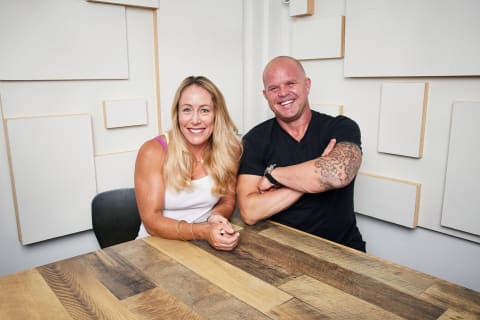
Juliet Starrett and Dr. Kelly Starrett
Image by Tommy Sullivan
Advertisement
This ad is displayed using third party content and we do not control its accessibility features.

 JaneWalter
JaneWalter 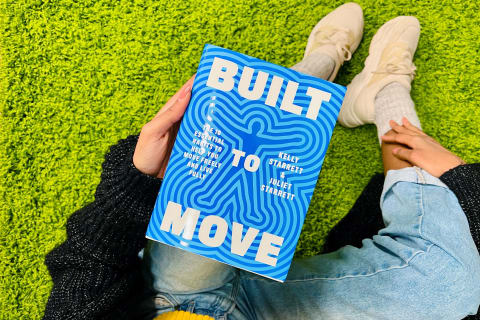










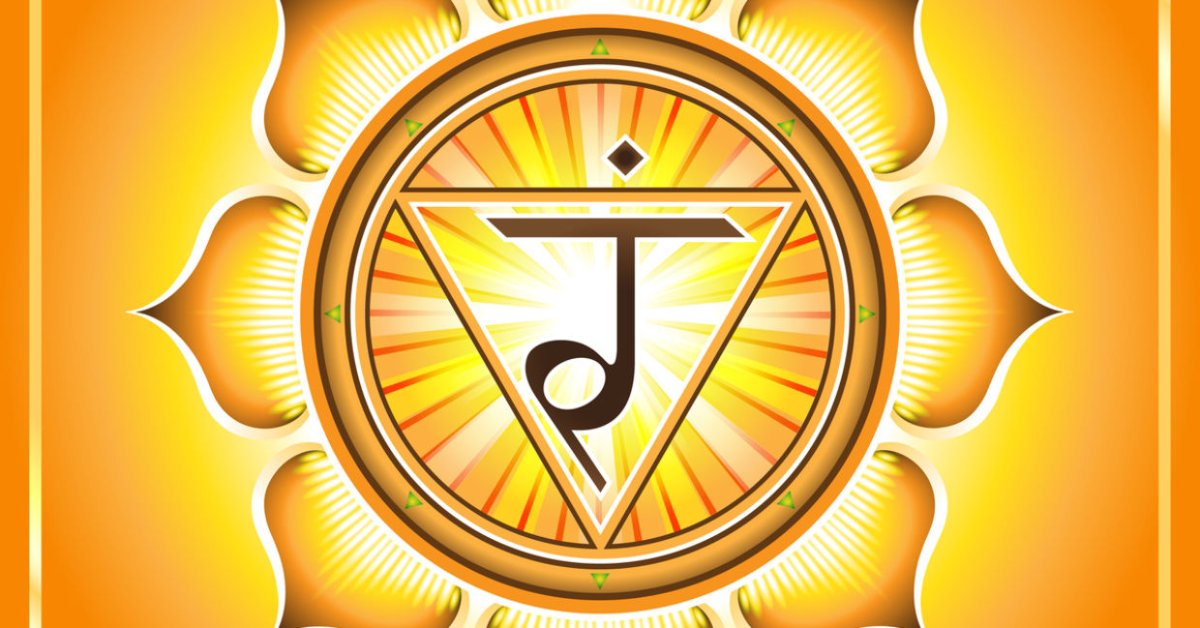


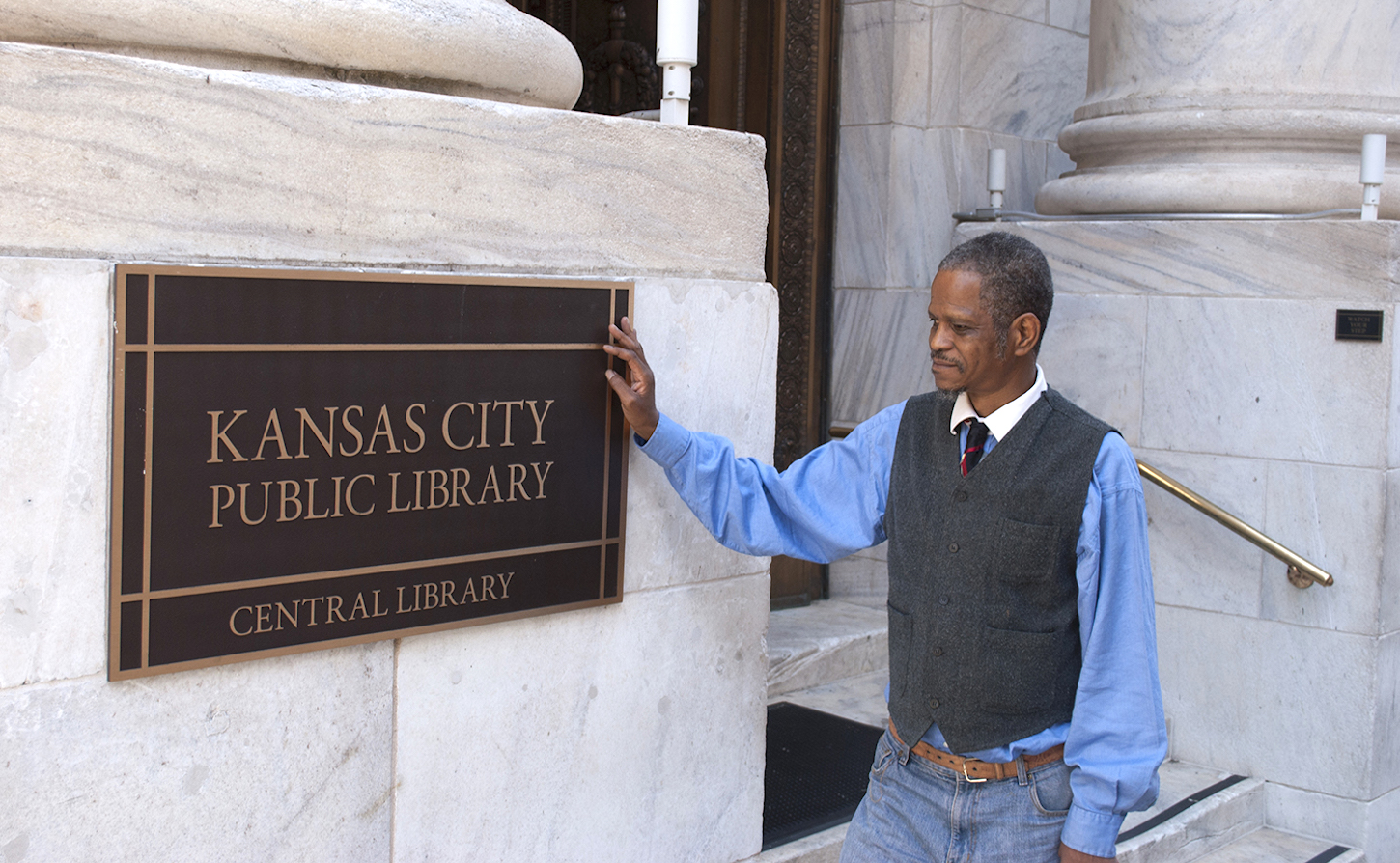















_1.jpg)


